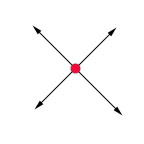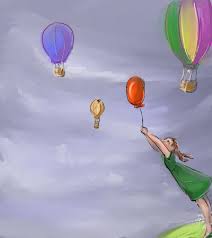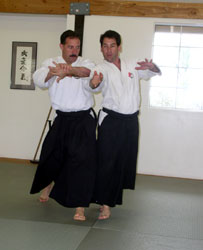Lowry Sensei baked my brain with a comment he left me a few weeks ago -

"it has been posited by deeper judo thinkers than I that all of tachiwaza in judo are but extrapolation from the two most fundamantal of throws-- uki otoshi and sumiotoshi -- every other throwing condition are but footnotes to these two central ideas"
After some thought, and lots of experimentation I buy into this idea. For the most part we are either throwing people off their small toes (uki otohi) or dropping them off their heel (sumi otoshi)
So simplified statement number 1 in the new super simple theory kata is...
In throwing arts most throws take people over their toes or heels.
Ok - tracking so far?

Part 2 - uki waza as the theory kata
I am currently looking at the Uki Waza and examining what the centers are doing in relation to one another.
technique 15 - Mae Otoshi the centers of both uke and tori intersect. Tori crosses uke causing a throw.

technique 16 - Sumi Otoshi the centers of uke and tori are moving in opposite directions, causing the structural failure of uke to happen.

technique 17 - Hiki Otoshi the centers of Uke and Tori move in the same direction.

So in the Uki waza of Tomiki Ryu Aikido we have three major relationship ideas about how throws happen - they can happen when centers go in the same direction, when they go in opposite directions and when they intersect.
Neat huh? The Uki Waza demonstrate the basic mechanics of all throwing technique.
If I made the kata, I would add one more center relationship on to this subset of the kata. A guruma (wheeling) motion. One center orbiting around another. I think in nature we would find this motion in the planets rotations or in hurricanes. I feel this addition would complete the kata seen through the eyes of center relationships.

Ok Aiki/Judo nerds...thoughts?























